Life in a country house is the dream of almost every city dweller. Many achieve its implementation and move into their own homes, having built or bought a ready-made home. It is possible to erect a residential building from different materials: timber, logs, expanded clay block, gas block and others. The article will focus on houses made of timber, the rules for their insulation both outside and inside.
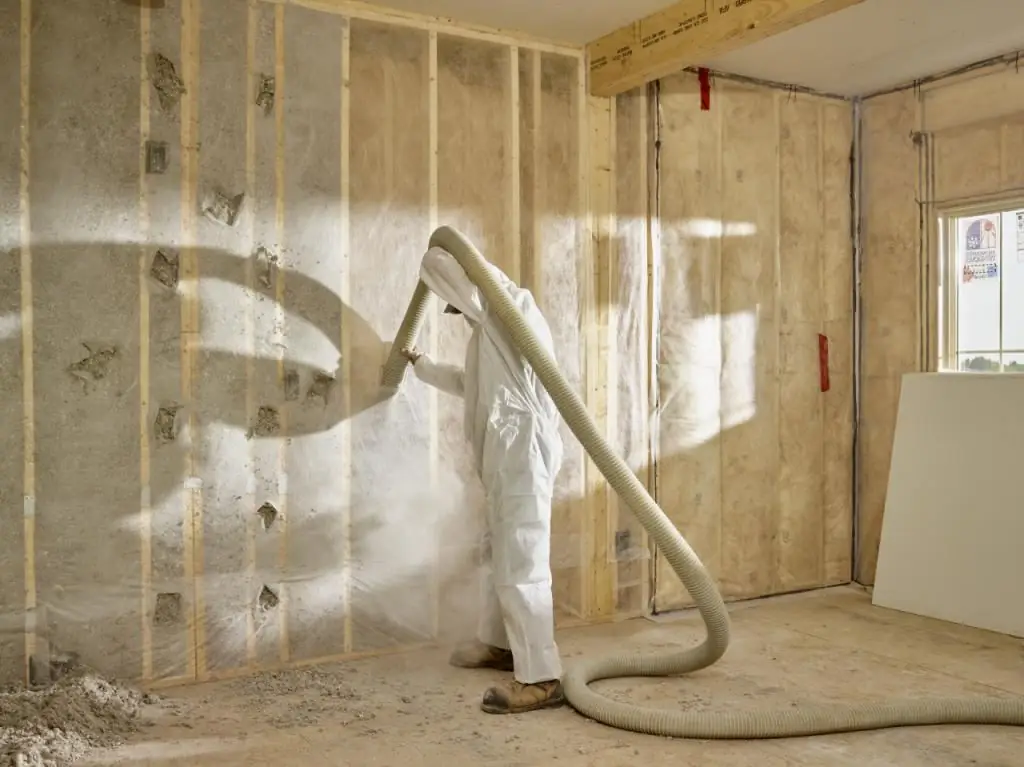
Beam houses
Beam is considered the most environmentally friendly material used to build a house. It is nature itself that allows you to breathe clean air in such a house, protecting your lungs from harmful substances. But when deciding to build or buy, you need to know about the insulation of a house from a bar. Otherwise, the temperature in the dwelling will be below freezing, and the walls themselves will not last long.
Why insulate
Many people ask this question: why is it necessary to insulate a house from a bar? This measure increases the thermal efficiency of the building, heat loss is significantly reduced. Which, in turn, leads to savings in home heating costs.
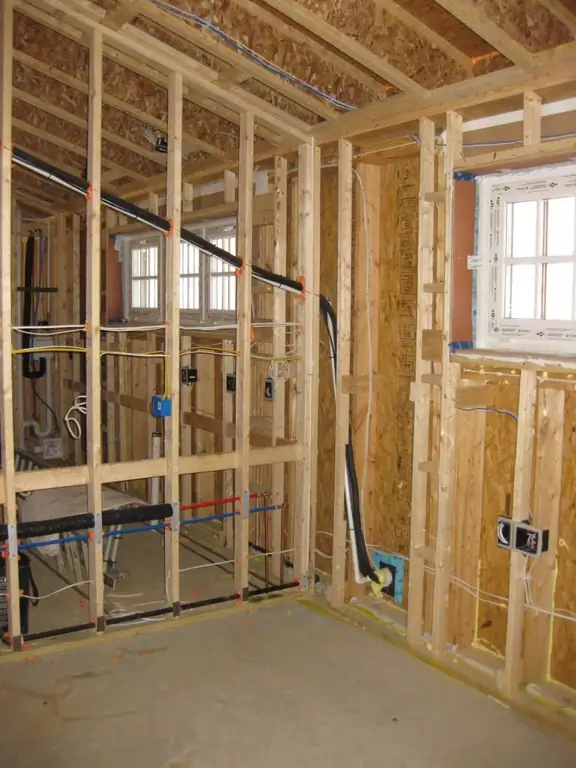
In addition, heat-insulating materials protect the walls of the house well from the effects of adverse environmental factors. This means that such a house will last much longer than an uninsulated one. When choosing a material, you can also significantly improve or radically change the design of the facade of the building. Insulating a house from a bar from the outside allows you not to reduce the interior space required for wall cladding, it will remain unchanged.
Things to consider
Warming a house from a bar is not an easy task. And you need to know the mandatory rules so that the cladding of the house is of high quality, and it has served for many years.
- It is necessary to use the correct insulation, the most suitable for the climatic conditions in which the building is located.
- Warming a house from a bar from the outside requires an accurate calculation of the thickness of the insulating material. Too thin a layer of it will not protect the house in frosty time and in the heat.
- It is better to entrust the laying of material to specialists who will perform the work in compliance with all necessary technologies. Or is it worth studying this issue in detail before carrying out the work yourself.
- Before insulating the walls of a house from a bar, waterproofing must be carried out. And also it is necessary to carefully process the materials with special means that protect the walls from the appearance of mold and fungus, from fire.
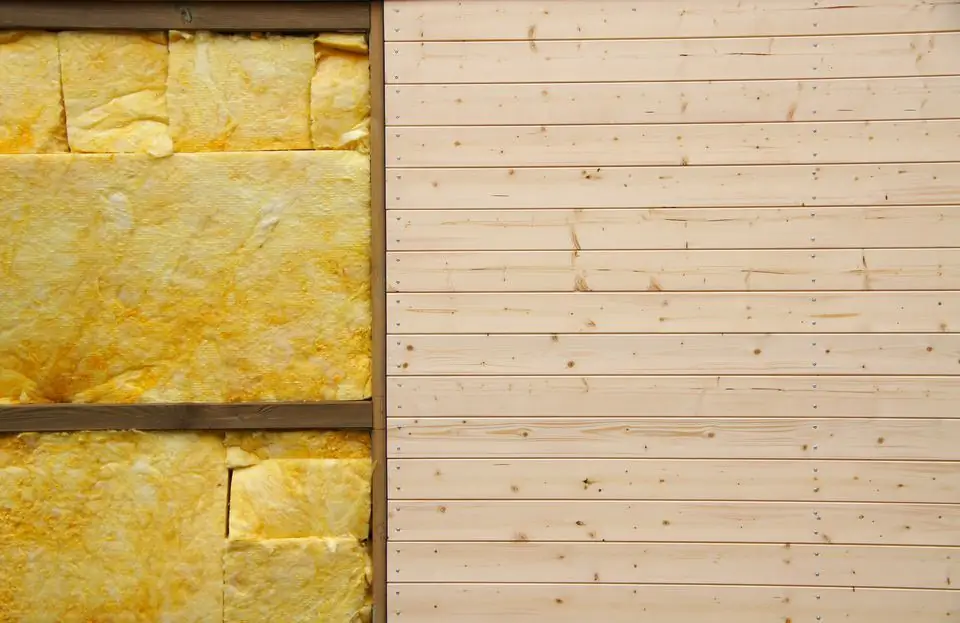
Hinged ventilated facade
You can keep warm by insulating a house from a bar from the inside or outside, using a hingedventilated facade, polyurethane coating or foam. The first type is currently widespread in the construction of multi-storey buildings. It is quickly mounted, while creating excellent thermal and sound insulation, resistant to atmospheric phenomena. For cladding, you can choose exactly the material that fits into the general appearance of the house: siding, wall paneling, porcelain stoneware, rack profile or others. All of the above are available in a wide range of colors. If we talk about the service life of such a skin, then it will last for fifty years.
Siding
The process of warming a house from a bar with siding requires taking into account some nuances. After purchase, the insulation boards should be stored in a place where they do not get wet. Otherwise, the thermal insulation properties will be lost. Therefore, until the production of work, the material must be kept at home or in a room closed from the weather. When performing the installation of plates, it is necessary to use gloves, goggles and a respirator. Otherwise, many small scratches will remain on the skin.
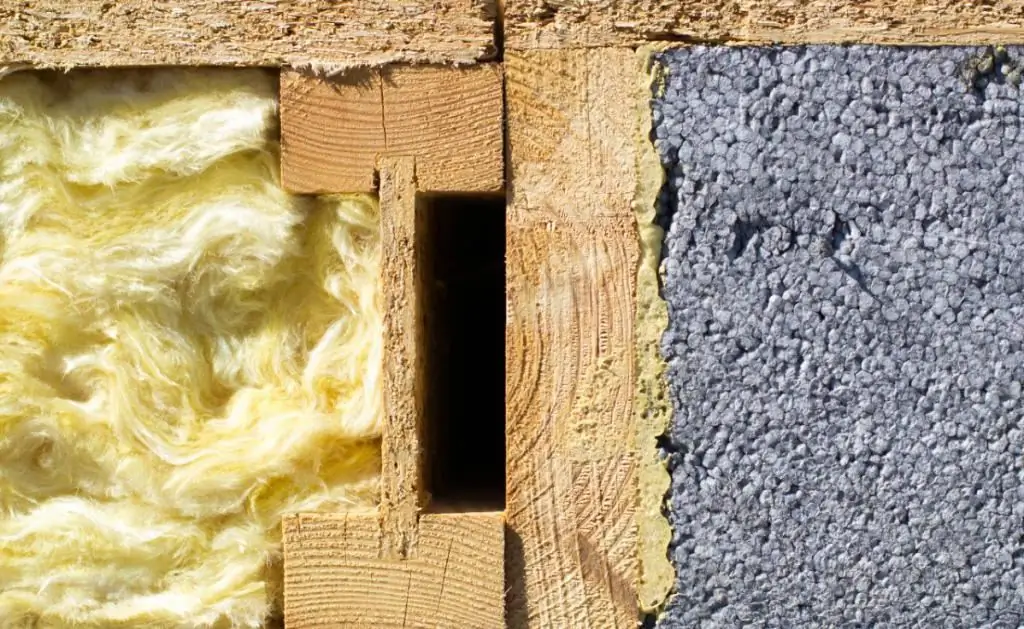
Polyurethane foam
One of the most common types of insulation is polyurethane foam. It has a number of undeniable advantages over others. In the event of a fire, polyurethane will protect the house, as it is non-flammable and will not allow the fire to spread. Harmful bacteria will not be able to penetrate this coating, which, in turn, will not be able to cause decay. Its long service life speaks for itself; no modifications occur during use. Polyurethane foam is greatnoise absorber and one of the most environmentally friendly materials. And its most indisputable advantage is the absence of the need for additional fasteners during installation, ease of application.

Stages of warming
Insulation of a house from a bar 150x150 from the outside is carried out in several stages. In order to keep the beam in good condition and extend its life, a small space must be left between the insulation and the wall, allowing air to circulate in it. Thus, the wall will not freeze, damp, rot or deform.
Then it is necessary to mark exactly where exactly the bars will be attached, acting as a crate. It can be horizontal or vertical. When choosing bars, the thickness of the insulation should be taken into account: it should be the same. The dimensions of the holes in the crate must also correspond to the dimensions of the insulation.
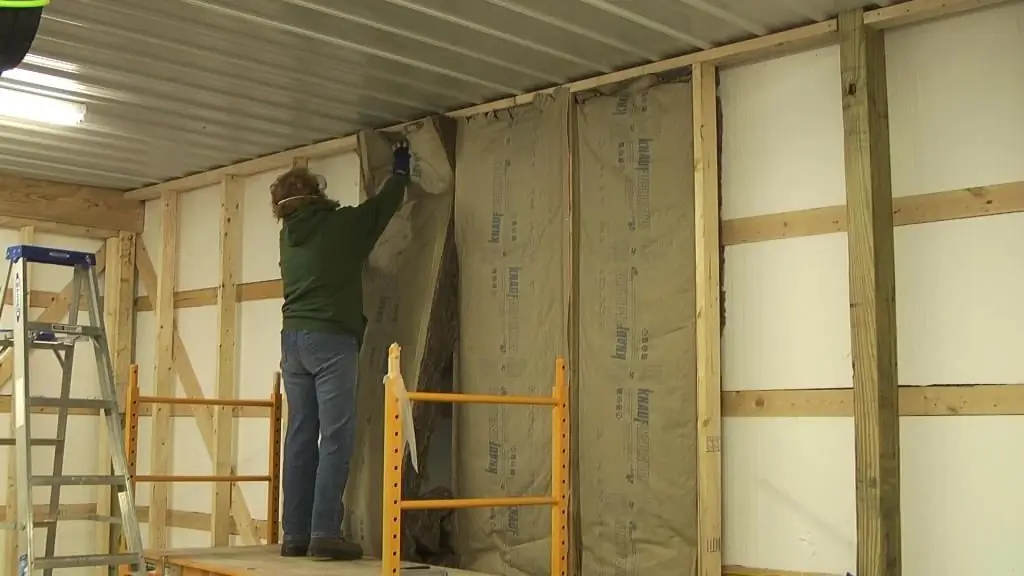
After all the preparatory work has been completed, the places for the bars are precisely marked, they are directly fastened. For this, self-tapping screws are used, it is necessary to control the level of the position of the crate using a level with a plumb line. The last device is extremely important, because the crate must be even. If you allow inaccuracy, distortion, then the finish will look askew.
After the installation of the bars is completed, the insulation should be laid in the specially designated places for this, pressing it tightly against the wall and the bars. In order for the mats to hold well, theyfixed with special dowels. Such installation guarantees the reliability of the structure and allows you to proceed to the next stage - finishing the walls.
Finishing
After completing all the work described above on the insulation of a house from a 150x150 bar, you can proceed to the final sheathing of the house with the selected material. Here, the building materials market offers a huge selection: lining, siding, metal siding, facing bricks and many others. There are also many color options and material configurations. Some of them are also mounted on bars or a metal profile. If the choice is to stop on wooden cladding, this will allow the walls to breathe, the air to circulate freely.
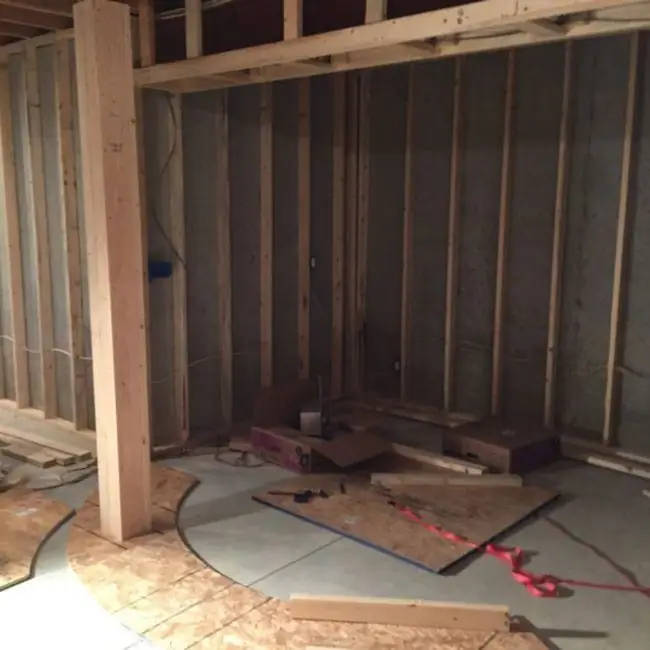
Warming the house from the inside
Installation and materials used, if necessary, to insulate the house from the inside are almost the same as when sheathing the outside. There are several points that you need to know before doing the work. First of all, the condition of the walls is assessed and the presence of cracks, gaps and chips on them is established. If any are found, adjustments are made with linen tow, jute fiber, and polyurethane foam. This is a rather lengthy process, but it should not be neglected or performed carelessly. If you do not get rid of all the defects that have arisen after the shrinkage of the house, not even the most expensive insulating material will give the desired high-quality effect.
After all the cracks are sealed, you need to treat the walls with special substances - antiseptics that canprevent the development of mold, fire, fungus. Every centimeter of wall space must be carefully crafted. If necessary, this process should be repeated again.
In the house where they live permanently, there will be moisture in the air. It settles on the walls, creating condensation. To prevent this phenomenon, the walls of the house must be covered with a special vapor barrier that prevents the accumulation of condensate. The use of a vapor barrier film will reliably protect the walls from moisture and not worry about the possible appearance of mold or mildew.
After carrying out the described preparatory work, you can begin to sheath the walls with insulating material, adhering to the same rules as for the sheathing of external walls. The right choice of materials will not only save space, but also serve for a long time, giving a comfortable life and enjoyment in a warm home.






